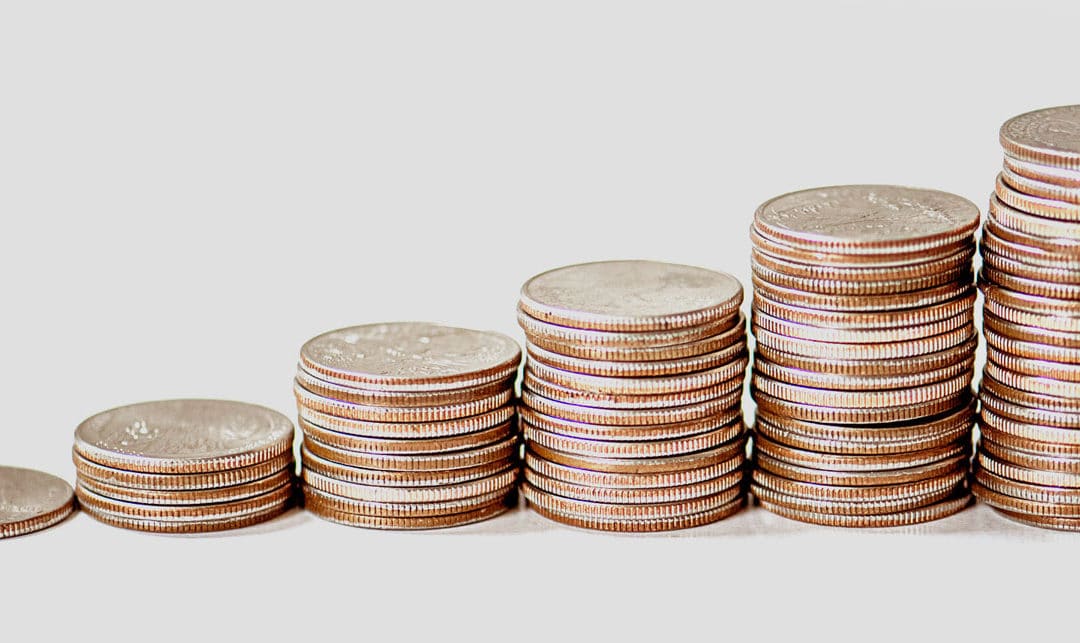Personal income tax changes
Low income offsets: LMITO temporarily increased, LITO retained
The low and middle income tax offset (LMITO) will be increased by $420 for the 2021–2022 income year so that eligible individuals will receive a maximum LMITO benefit up to $1,500 for 2021–2022 (up from the current maximum of $1,080 offset for 2021–2022) on top of their existing LMITO benefit.
Increasing the Medicare levy low-income thresholds
For the 2021–2022 income year, the Medicare levy low-income threshold for singles will be increased to $23,365 (up from $23,226 for 2020–2021). For couples with no children, the family income threshold will be increased to $39,402 (up from $39,167 for 2020–2021). The additional amount of threshold for each dependent child or student will be increased to $3,619 (up from $3,597).
For single seniors and pensioners eligible for the SAPTO, the Medicare levy low-income threshold will be increased to $36,925 (up from $36,705 for 2020–2021). The family threshold for seniors and pensioners will be increased to $51,401 (up from $51,094), plus $3,619 for each dependent child or student.
For the 2021–2022 income year, the Medicare levy low-income threshold for singles will be increased to $23,365 (up from $23,226 for 2020–2021). For couples with no children, the family income threshold will be increased to $39,402 (up from $39,167 for 2020–2021). The additional amount of threshold for each dependent child or student will be increased to $3,619 (up from $3,597).
For single seniors and pensioners eligible for the SAPTO, the Medicare levy low-income threshold will be increased to $36,925 (up from $36,705 for 2020–2021). The family threshold for seniors and pensioners will be increased to $51,401 (up from $51,094), plus $3,619 for each dependent child or student.
COVID-19 test expenses to be deductible
The Budget papers confirm that the costs of taking COVID-19 tests – including polymerase chain reaction (PCR) tests and rapid antigen tests (RATs) – to attend a place of work are tax deductible for individuals from 1 July 2021. In making these costs tax deductible, the Government will also ensure FBT will not be incurred by businesses where COVID-19 tests are provided to employees for this purpose.
Changes affecting business taxpayers
Deduction boosts for small business: skills and training, digital adoption
The Government announced two support measures for small businesses (aggregated annual turnover less than $50 million) in the form of a 20% uplift of the amount deductible for expenditure incurred on external training courses and digital technology.
External training courses
An eligible business will be able to deduct an additional 20% of expenditure incurred on external training courses provided to its employees. The training course must be provided to employees in Australia or online, and delivered by entities registered in Australia.Some exclusions will apply, such as for in-house or on-the-job training.
The boost will apply to eligible expenditure incurred from 7:30 pm (AEDT) on 29 March 2022 until 30 June 2024.
The boost for eligible expenditure incurred by 30 June 2022 will be claimed in tax returns for the following income year. The boost for eligible expenditure incurred between 1 July 2022 and 30 June 2024, will be included in the income year in which the expenditure is incurred.
Digital adoption
An eligible business will be able to deduct an additional 20% of the cost incurred on business expenses and depreciating assets that support its digital adoption, such as portable payment devices, cyber security systems or subscriptions to cloud-based services. An annual cap will apply in each qualifying income year so that expenditure up to $100,000 will be eligible for the boost.The boost will apply to eligible expenditure incurred from 7:30 pm (AEDT) on 29 March 2022 until 30 June 2023.The boost for eligible expenditure incurred by 30 June 2022 will be claimed in tax returns for the following income year. The boost for eligible expenditure incurred between 1 July 2022 and 30 June 2023 will be included in the income year in which the expenditure is incurred.
Superannuation related changes
Super guarantee: rate rise unchanged
The Budget did not announce any change to the timing of the next super guarantee (SG) rate increase. The SG rate is currently legislated to increase from 10% to 10.5% from 1 July 2022, and by 0.5% per year from 1 July 2023 until it reaches 12% from 1 July 2025.
Superannuation pension drawdowns
The temporary 50% reduction in minimum annual payment amounts for superannuation pensions and annuities will be extended by a further year to 30 June 2023.
The 50% reduction in the minimum pension drawdowns, which has applied for the 2019–2020, 2020–2021 and 2021–2022 income years, was due to end on 30 June 2022. However, the Government announced that the Superannuation Industry (Supervision) Regulations 1994 (SIS Regulations) will be amended to extend this temporary 50% reduction for minimum annual pension payments to the 2022–2023 income year. Given ongoing volatility, the Government said the extension of this measure to 2022–2023 will allow retirees to avoid selling assets in order to satisfy the minimum drawdown requirements.


